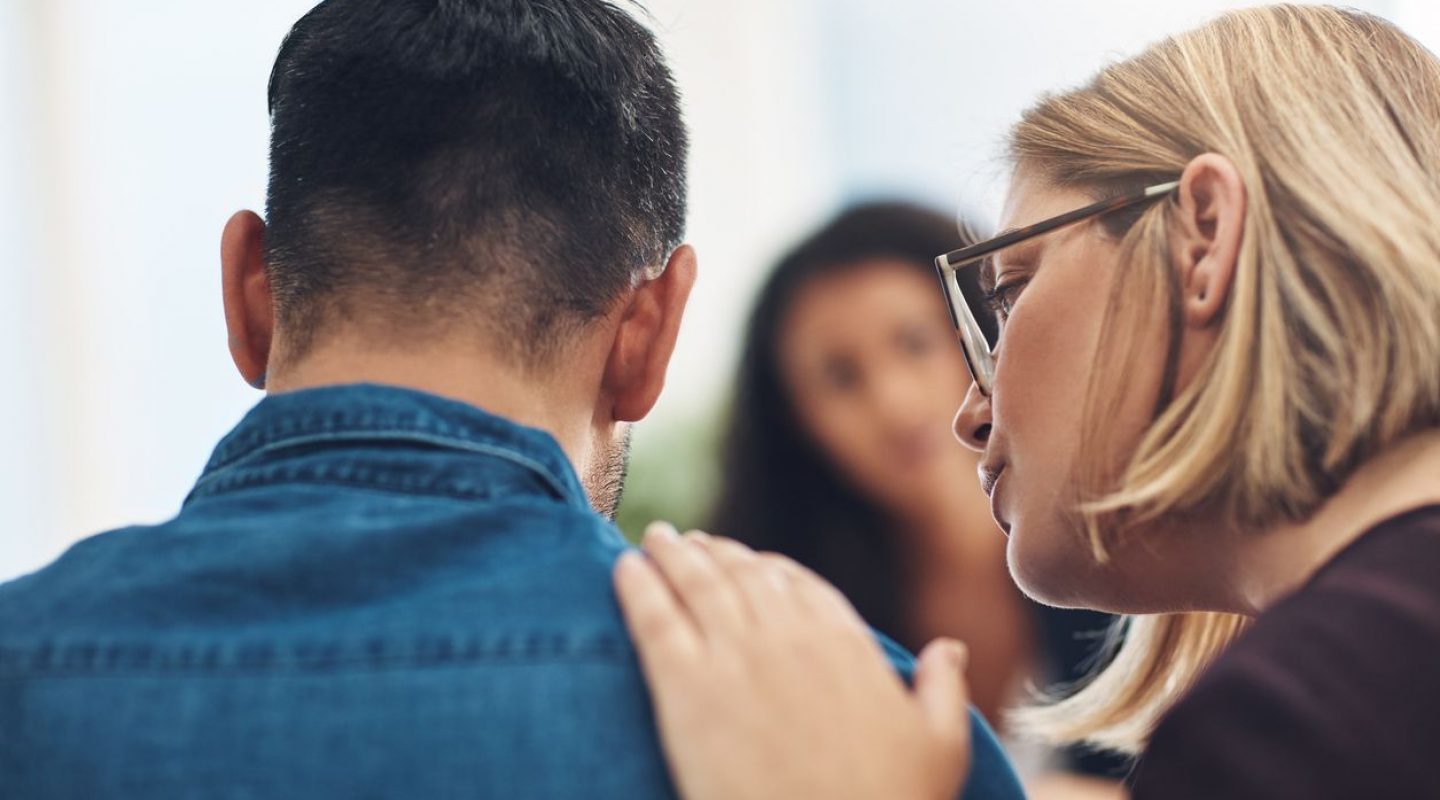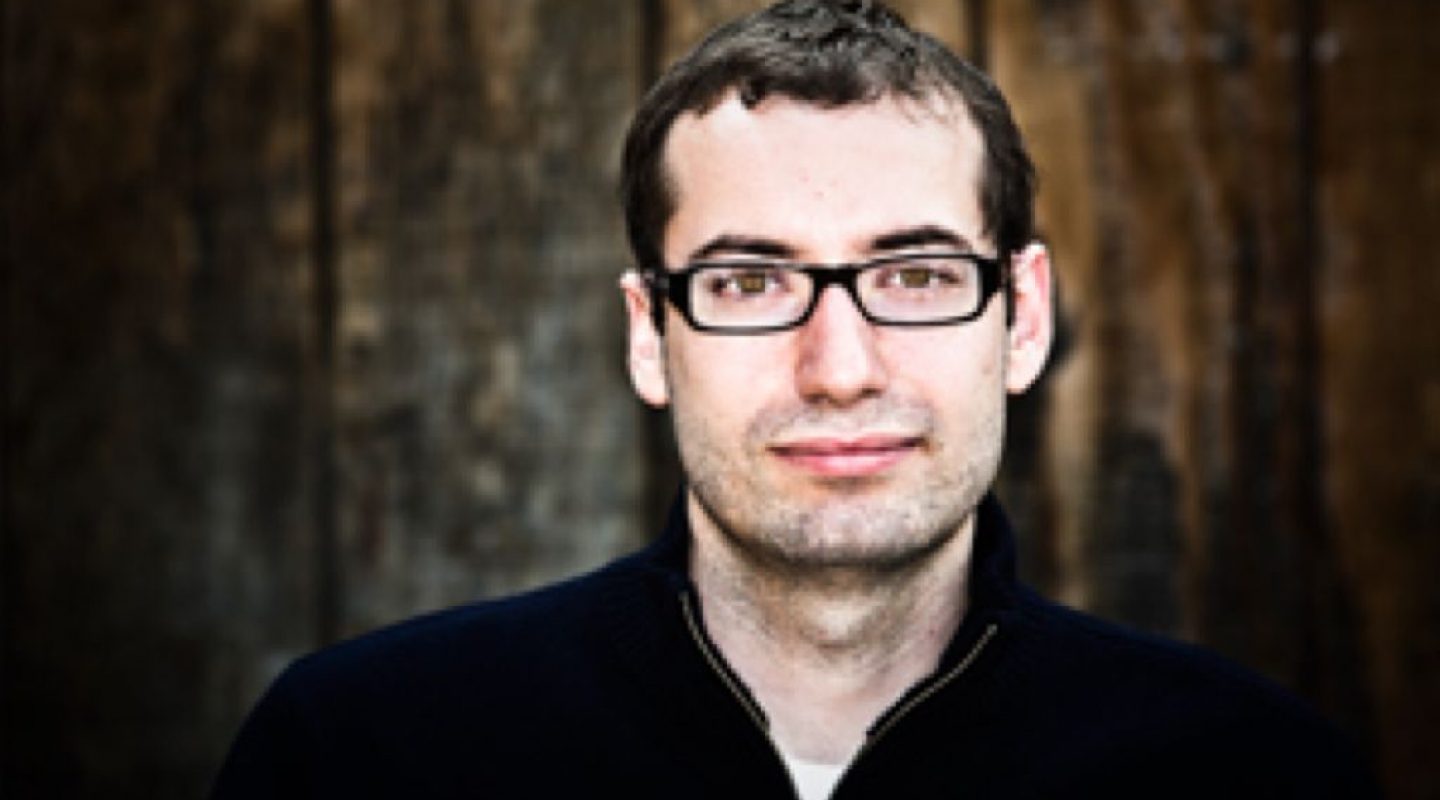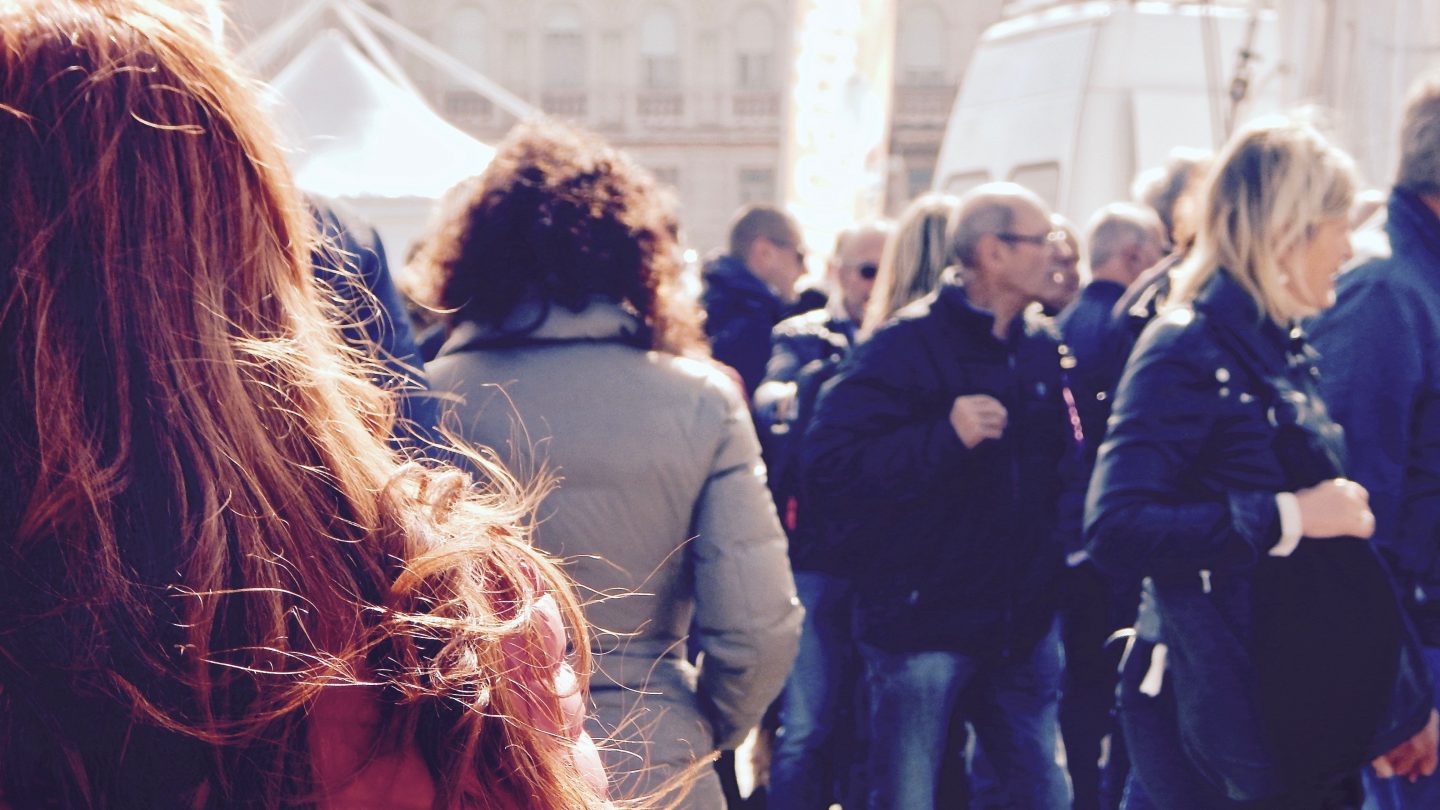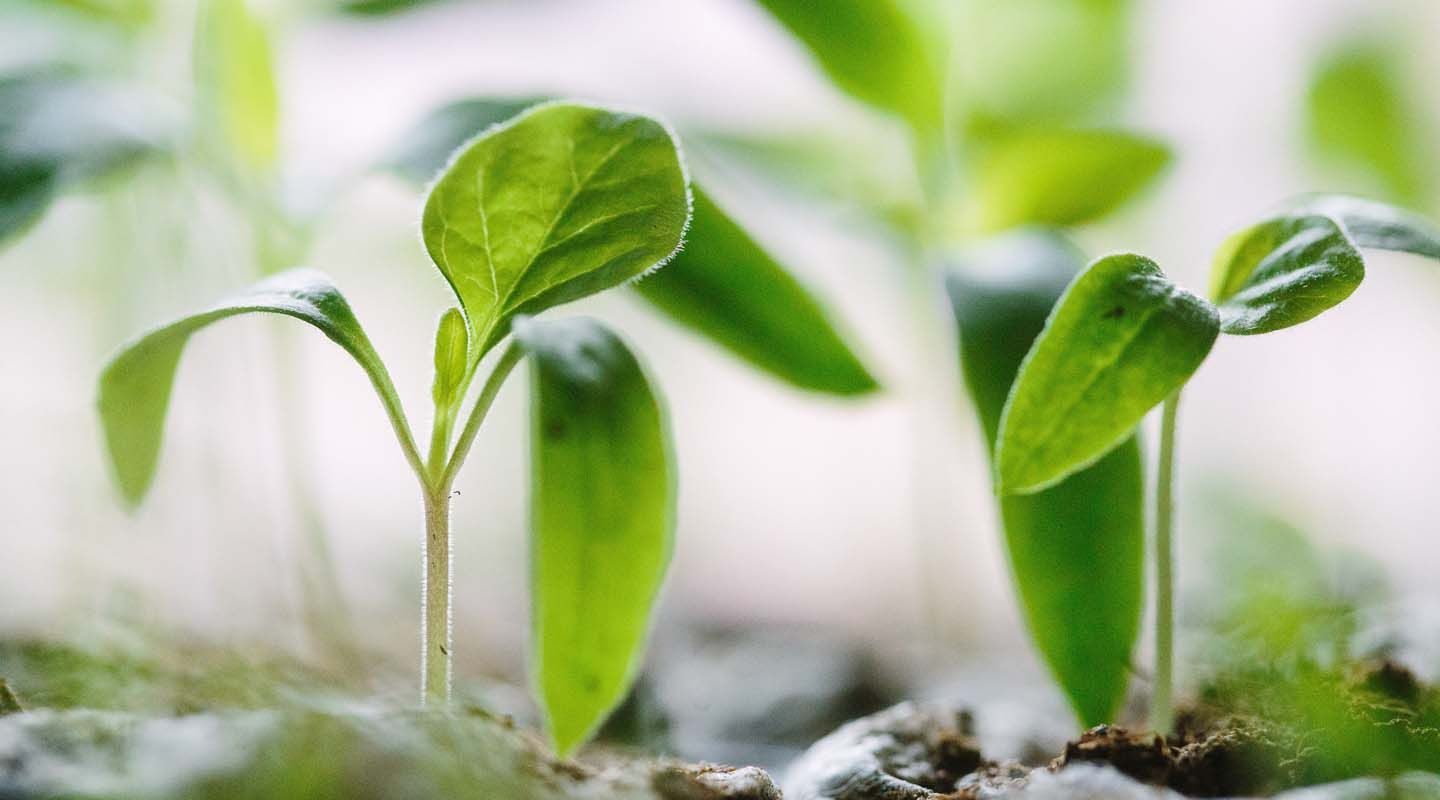Benefits
Photo Page
Media Kit
Made by:
Mindfulness Everywhere
Store Links:
iPhone & iPad
Android
Price:
iOS $4.99 / £3.99
Android $2.99 / £1.99
Writers & Voices:
Rohan Gunatillake, Emily Horn, Vincent Horn, Lodro Rinzler, Lucy Gunatillake, Alexander Irving
Graphics & Screenshots pack:
Download




Media Contact:
holly@garlandpr.co.uk
Website & social media:
buddhify.com
Twitter
Facebook
Release date:
v1 – January 2014 (iOS only)
v2 – November 2014 (Android & iOS)



About the app
Bringing mindfulness to life. Full of custom-made meditation tracks to be listened to alongside your normal day, buddhify is the best on-the-go introduction to mindfulness available today. From waking up to going to bed, the app is full of over 80 short guided audio exercises which help you develop mindfulness, calm and compassion in the middle of wherever you are and whatever you are doing. Already a popular and award-winning app used around the world, buddhify has just been relaunched with all the new content made from direct suggestions from our users. With no hidden costs, users get over 11 hours of content for just one single price, making it not only beautiful to use, but amazingly good value.
– Packed with 11 hours of customized meditation audio tracks for a single low price
– 80+ tracks designed to be listened to alongside your daily activities
– Meditations for at Work, Going to Sleep, When Stressed, Travelling, Walking, Online & more.
– Brand new sections for At Home, Difficult Emotions & Dealing With Pain.
– Presented within a beautiful calming interface
– Detailed graphs and stats providing feedback of usage and progress (iOS only)
– A chance to have your questions answered from our team of experts
– Solo timer when you want to meditate without guidance
– Suitable for all experience levels and especially beginners
Stats. facts & media coverage
Chart topping:
Reached #1 Health & Fitness app in over 40 countries to date
Award Winning:
– 2014 Scottish App of the Year
– Shortlisted for Health & Fitness App of the Year in the Europe-wide Lovies awards.
Driven by its users:
All the new content is a result of 1000s of suggestions from users
Featured by:
Wired, Fast Company, lifehacker.com, Huffington Post, The Independent, Guardian Tech Weekly, BBC Radio 4, Al Jazeera America, The Daily Beast, CBC & many more.
Recommended product of:
The Australian Football League Players Association
Recommended product in:
Thrive, by Arianna Huffington
The Company & the Creator
Mindfulness Everywhere is a small company which designs and creates beautiful, accessible and effective digital products that improve people’s inner lives. Mindfulness Everywhere is headed up by Rohan Gunatillake and is based in Glasgow, UK.
Rohan Gunatillake is a leading maker and thinker exploring how we can use digital technology to improve mental wellbeing. His first book is This Is Happening and on 2012 he was named by Wired magazine as one of 50 people who will change the world.
History
Different Uses
The post Different Uses appeared first on Buddhify.
Why we made the new buddhify
The post Why we made the new buddhify appeared first on Buddhify.
Meet the teacher: Emily Horn
The post Meet the teacher: Emily Horn appeared first on Buddhify.
Meet the teacher: Kaira Jewel Lingo
The post Meet the teacher: Kaira Jewel Lingo appeared first on Buddhify.
How meditation can help those struggling with mental illness and addiction find relief
The post How meditation can help those struggling with mental illness and addiction find relief appeared first on Buddhify.
Meet the teacher: Vince Horn
The post Meet the teacher: Vince Horn appeared first on Buddhify.
Stress Awareness Month Week 1 – Try our RAIN meditation
The post Stress Awareness Month Week 1 – Try our RAIN meditation appeared first on Buddhify.
Meet the team: Helen Stander | Marketing Lead
The post Meet the team: Helen Stander | Marketing Lead appeared first on Buddhify.
Stress Awareness Month Week 2 – Try our Manage meditation
The post Stress Awareness Month Week 2 – Try our Manage meditation appeared first on Buddhify.
Stress Awareness Month Week 3 – Try our Fade meditation
The post Stress Awareness Month Week 3 – Try our Fade meditation appeared first on Buddhify.
Managing chronic pain with mindfulness and meditation
The post Managing chronic pain with mindfulness and meditation appeared first on Buddhify.
What is mobile meditation?
The post What is mobile meditation? appeared first on Buddhify.
Meditation: Am I doing it right?
The post Meditation: Am I doing it right? appeared first on Buddhify.
How meditation can help you navigate the difficult
The post How meditation can help you navigate the difficult appeared first on Buddhify.
Why are you meditating?
The post Why are you meditating? appeared first on Buddhify.
Why we made the new buddhify
The post Why we made the new buddhify appeared first on Buddhify.
































